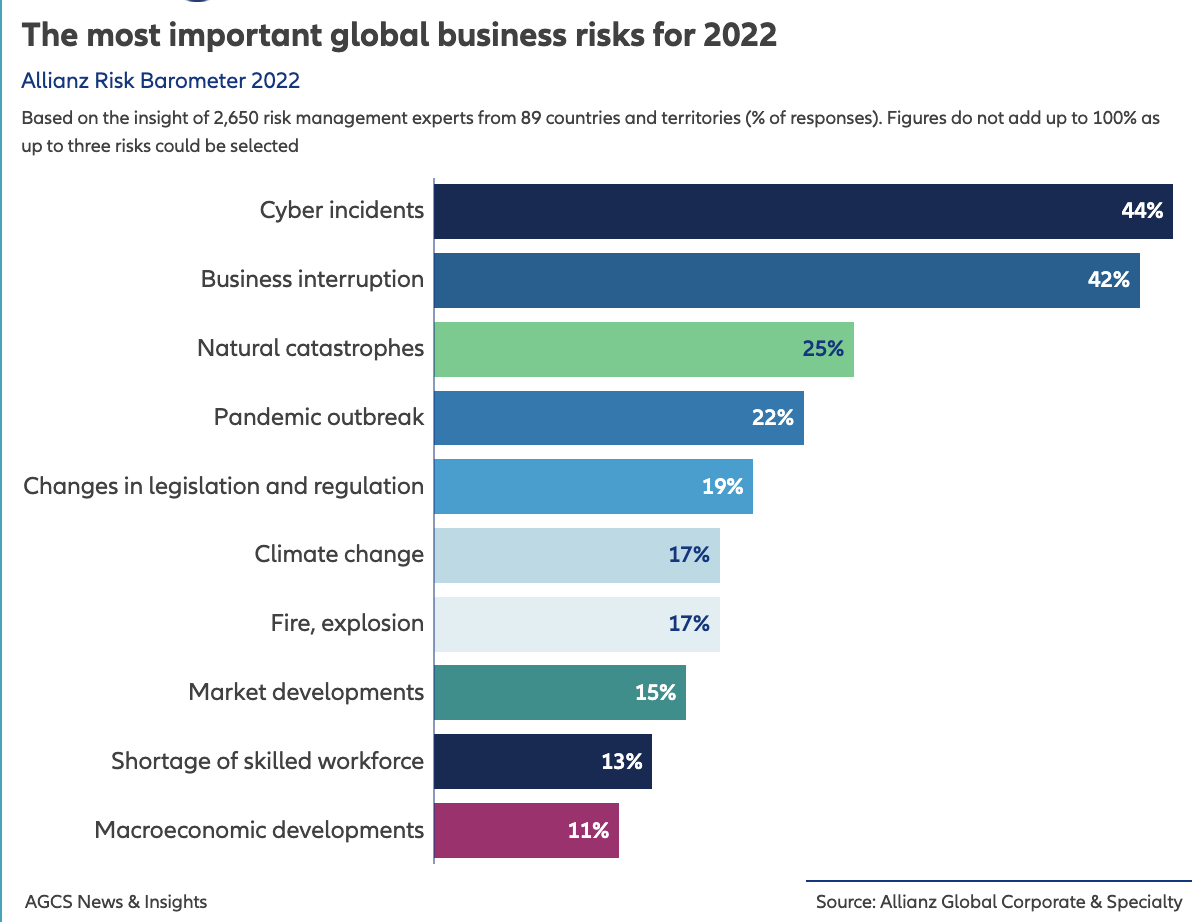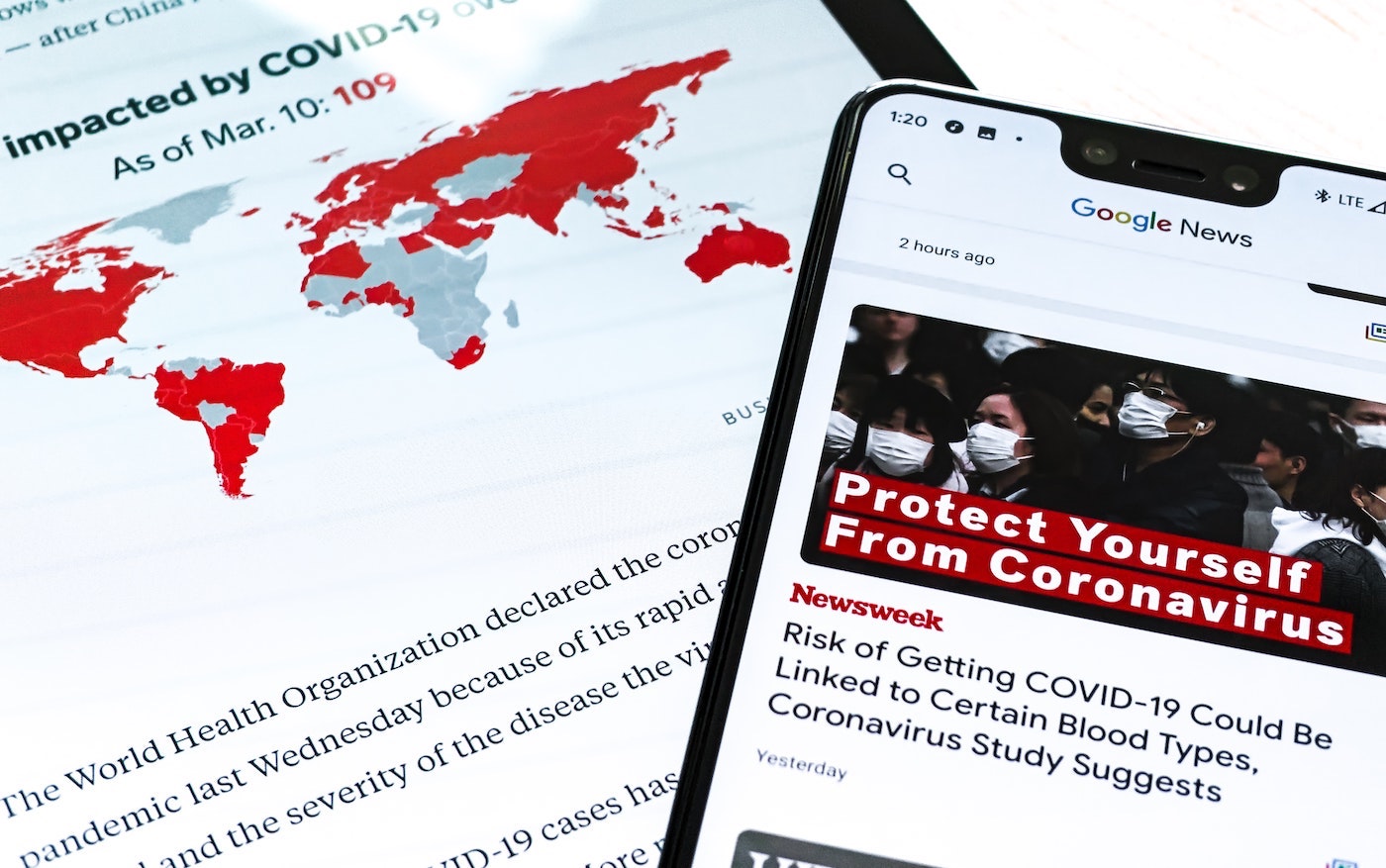The goal of every organisation is to maintain business as usual regardless of what gets thrown its way. Unfortunately, no matter the industry, there are situations that could arise when least ideal or expected that have the potential to derail business operations. The problem could be something completely out of an organisation’s control like a natural disaster, or especially in today’s digital age, something IT related like an unplanned outage, cyber attack or a data breach. In any case, businesses can’t keep the lights on, so to speak, if they aren’t prepared for certain circumstances and must do their best to not fall apart when issues arise.

In the world of risk management, the ability of an organisation to maintain its essential functions in the face of potential threats is called business continuity (BC). The framework put in place within an organisation to identify these threats and their potential impact, and plan to avoid or mitigate them is business continuity management (BCM).
While BCM can feel overwhelming, understanding the processes and best practices that ensure an organisation runs smoothly and determining potential disruptions are essential tasks for any effective business. With solid BCM, not only will organisations be better prepared for potential threats, but experience other benefits such as saving budget in the long run and protecting brand reputation as a poorly handled emergency event can quickly damage a brand in the eyes of customers and/or investors. Additionally, in exploring operational processes, organisations often identify inefficiencies within teams and technology and then make changes and improvements that make the organisation run smoother irrespective of any issues.
If you are new to business continuity or refreshing your organisation’s business continuity management, there are four key components to developing and maintaining your BCM plan.
4 Key Components of Your Business Continuity Management Plan
1. Building a business continuity management team: A solid BCM plan starts with a BCM team that is responsible for the development and direction of BCM efforts across an organisation. While representatives from all business units and IT will need to be involved in determining strategies and all staff will most likely be needed for recovery preparations, the BCM team will ensure plans are in place, managed and provide ongoing support and guidance.
2. Assessment: Once a team is in place, the next step of a successful BCM program is reviewing and understanding the processes critical to your organisation and the threats and risks inherent in your operations. This is often done in the form of a Business Impact Analysis (BIA).
3. Planning: The most critical component of your BCM plan is developing a business continuity plan (BCP), which should include all the information you’ll need to keep your business running in light of an incident or crisis and provide direction for recovery afterwards, so operations can be as close to “business as usual” as possible.
4. Validation: Once a plan is established, it needs to be continuously tested to ensure its effectiveness and policies and plans should be put in place in an ongoing effort to ensure organisational resilience.
By following through with these four components, organisations and the people within them can have the peace of mind that they are prepared for unfortunate situations and that business functions will be disrupted as little as possible. If you could use help getting started, tools like RiskWare’s Business Continuity Module can help immensely with assessing, planning and validation.
To learn more about how RiskWare is making the world a little less risky, visit us at RiskWare.com.au.







Comments